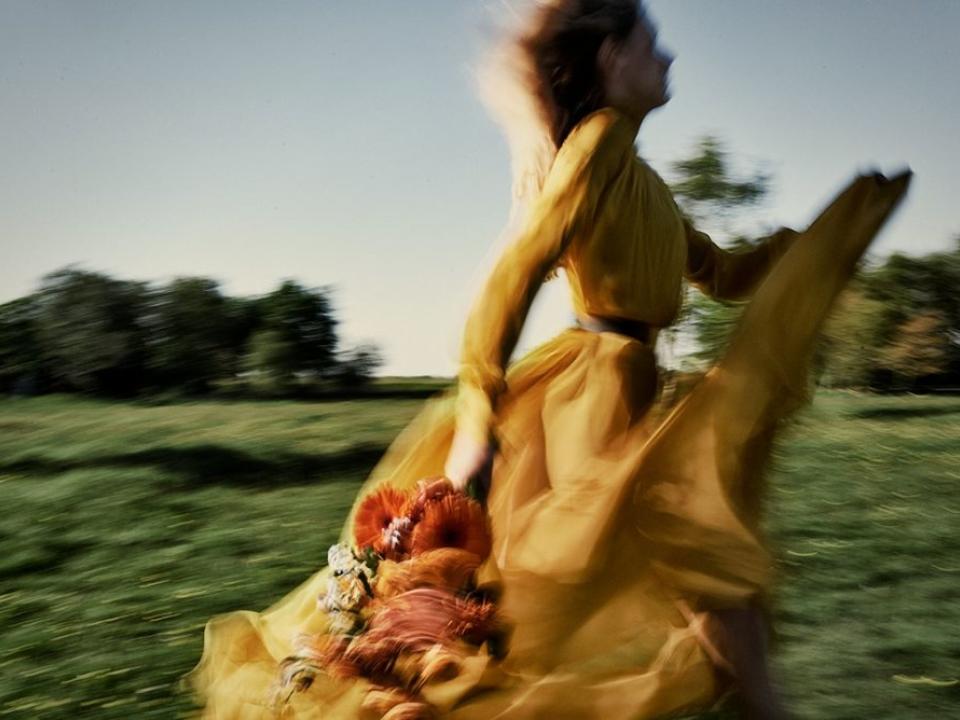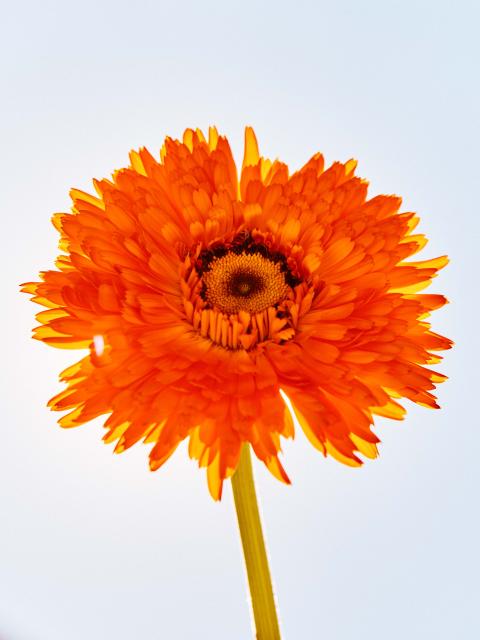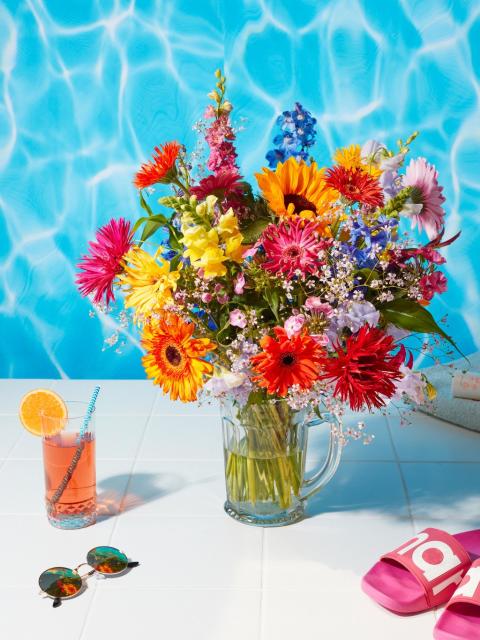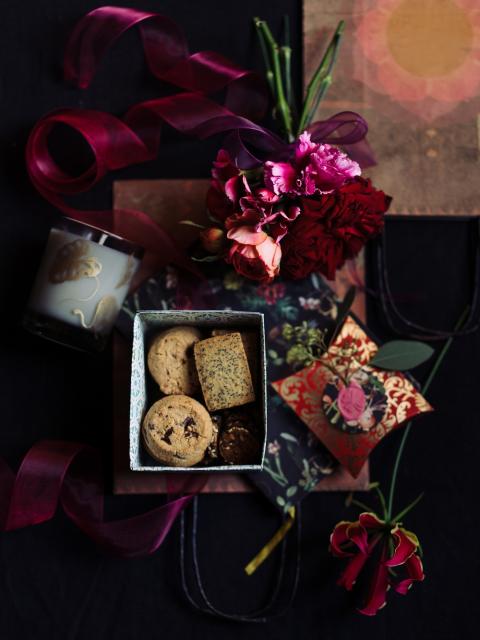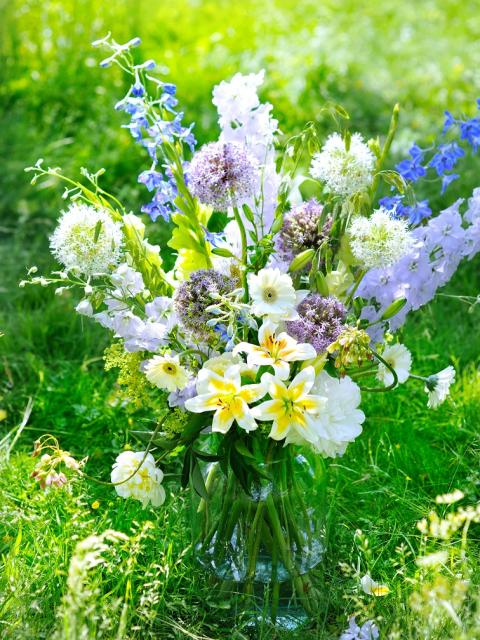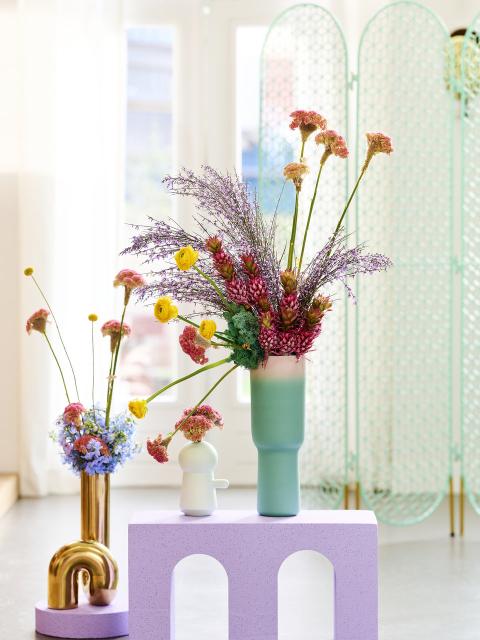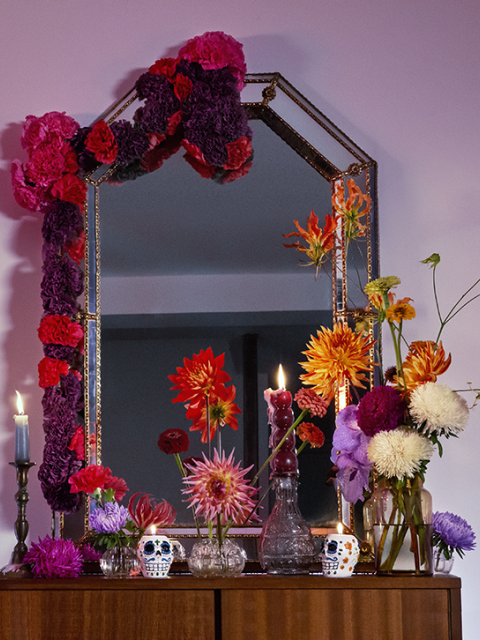Secretly flirting with flowers
Floriography was especially popular in the modest Victorian era, when open flirting was not acceptable. Flowers were called upon to transmit coded messages from secret admirers and between the betrothed. Individuals sent small bouquets, called nosegays, to each other, which were full of hidden meaning. The receiver would have floriography reference books at their disposal, to consult from and decipher the meaning. That is how they could remember that yellow tulips meant ‘our love is impossible’ and that Gardenias stood for secret love.
Flowers as messengers
Floriography may sound mysterious, but it isn’t. Think about red roses: everyone knows that they are a symbol of love. Here are some others to get you started on your own bouquet message:

